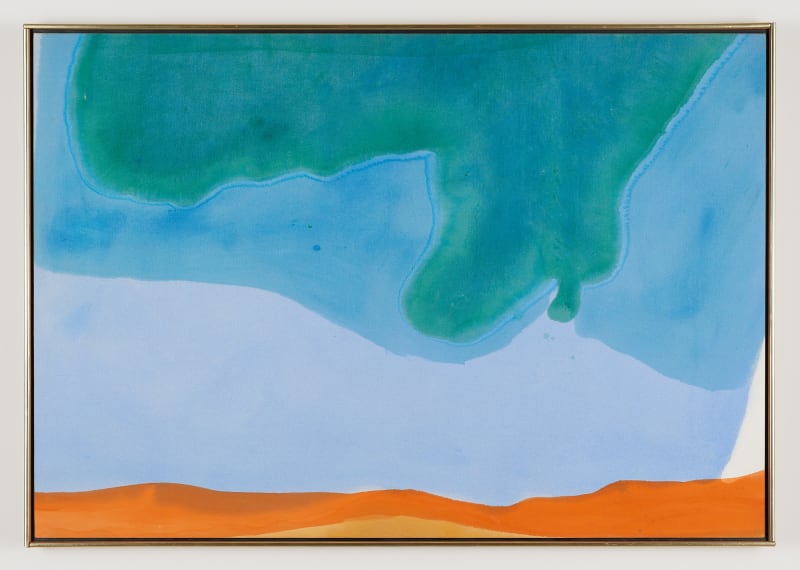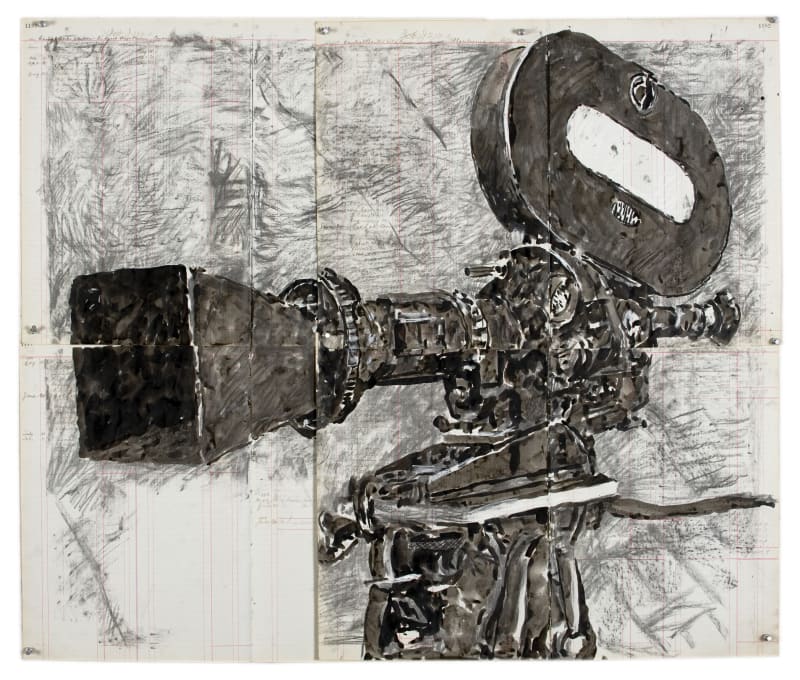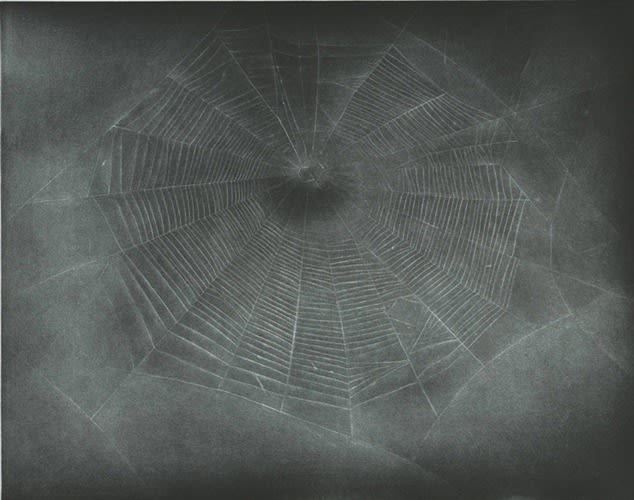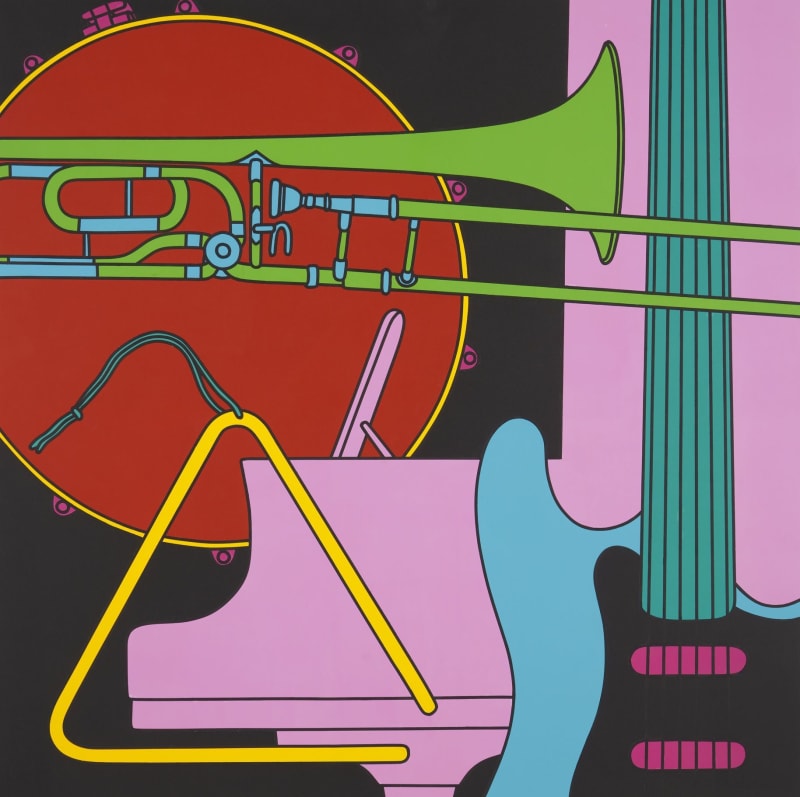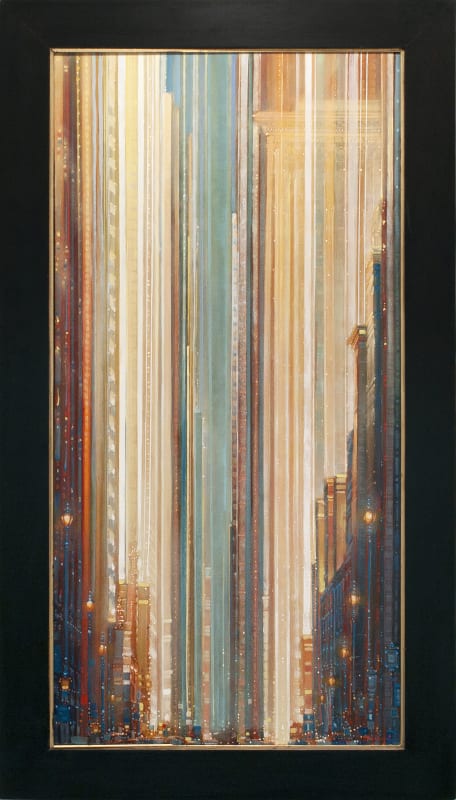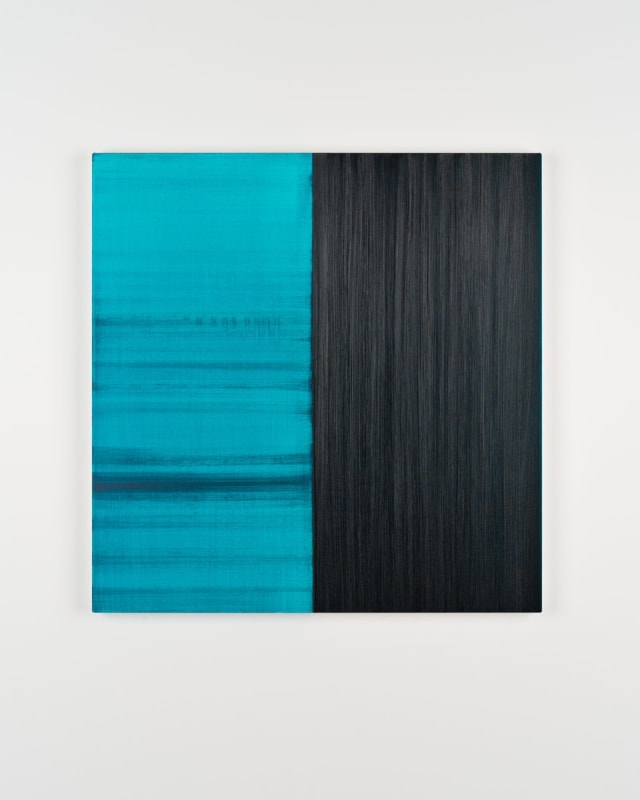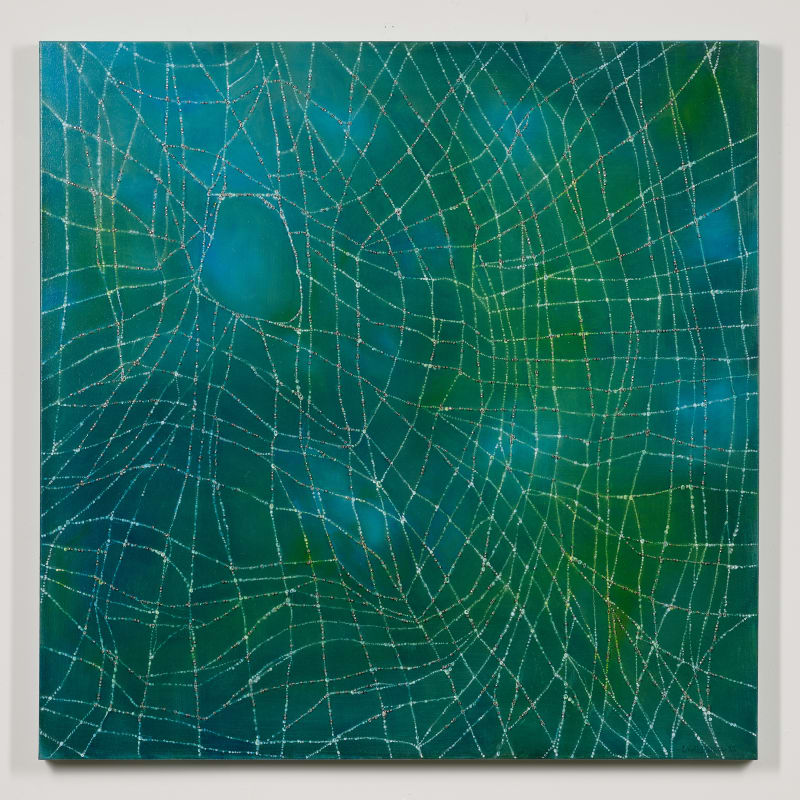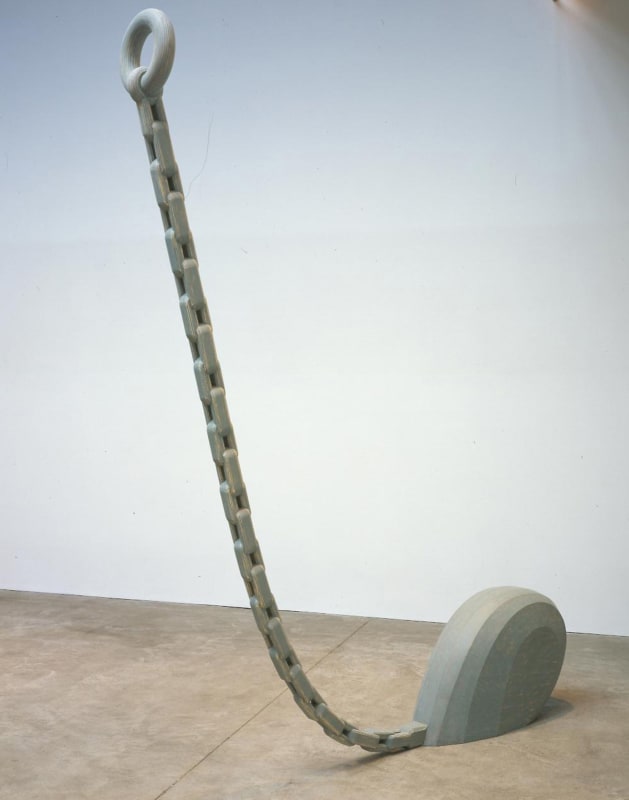All
-
John Alexander
-
Diana Al-Hadid
-
David Bates
-
Robert Bechtle
-
Elmer Bischoff
-
Val Britton
-
Cecily Brown
-
Alexander Calder
-
Bruce Cohen
-
Heather Day
-
Richard Diebenkorn
-
Liam Everett
-
Nicasio Fernandez
-
Helen Frankenthaler
-
Isca Greenfield-Sanders
-
Michael Gregory
-
Peter Halley
-
Jane Hammond
-
Stephen Hannock
-
Ellsworth Kelly
-
William Kentridge
-
Matt Kleberg
-
Willem de Kooning
-
Paul Kremer
Works Available By
-
Nina Chanel Abney
-
Tauba Auerbach
-
John Baldessari
-
Larry Bell
-
Helen Berggruen
-
Dean Byington
-
Vija Celmins
-
Chuck Close
-
George Condo
-
Michael Craig-Martin
-
Sarah Crowner
-
Amy Ellingson
-
Spencer Finch
-
Lucian Freud
-
Alexander Gorlizki
-
Philip Guston
-
Al Held
-
David Hockney
-
Mark Innerst
-
Callum Innes













